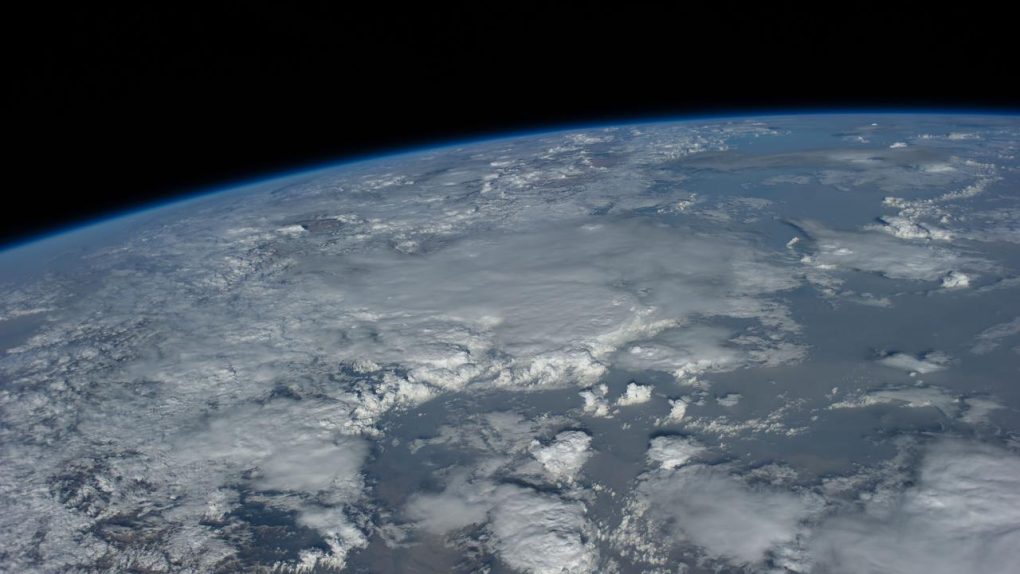Getting the daily weather forecast for your area is something that countless people do every single morning, but Earth’s weather systems aren’t the only kind of weather that could have a dramatic impact on your life. Space weather — that is, the ebbs and flows of particles around Earth, much of which comes from our Sun — will likely play a big role in humanity’s future, and understanding it could be vital to our survival as a species.
To that end, NASA has approved funding for a project called the Atmospheric Waves Experiment, or AWE for short. The $42 million mission will launch in Summer 2022 and will study specific features in Earth’s atmosphere to better understand the impact of space weather on our planet.
In a new blog post, NASA explains that the AWE mission will involve attaching instruments to the exterior of the International Space Station. Once installed, it will be able to closely study a phenomenon called airglow, which NASA describes as “colorful bands of light in Earth’s atmosphere.”
AWE is just one of several missions in NASA’s Heliophysics Explorers Program to be selected for funding. These smaller-scale missions are meant to compliment larger research efforts undertaken by NASA scientists.
“The Explorers Program seeks innovative ideas for small and cost-constrained missions that can help unravel the mysteries of the universe and explore our place in it,” NASA’s Paul Hertz said in a statement. “This mission absolutely meets that standard with a creative and cost-effective mission to solve mysteries about Earth’s upper atmosphere.”
Understanding space weather is important for a number of reasons, not least of which is that it can dramatically impact the effectiveness of satellite technology like GPS, which is used every day by a huge percentage of the population.








